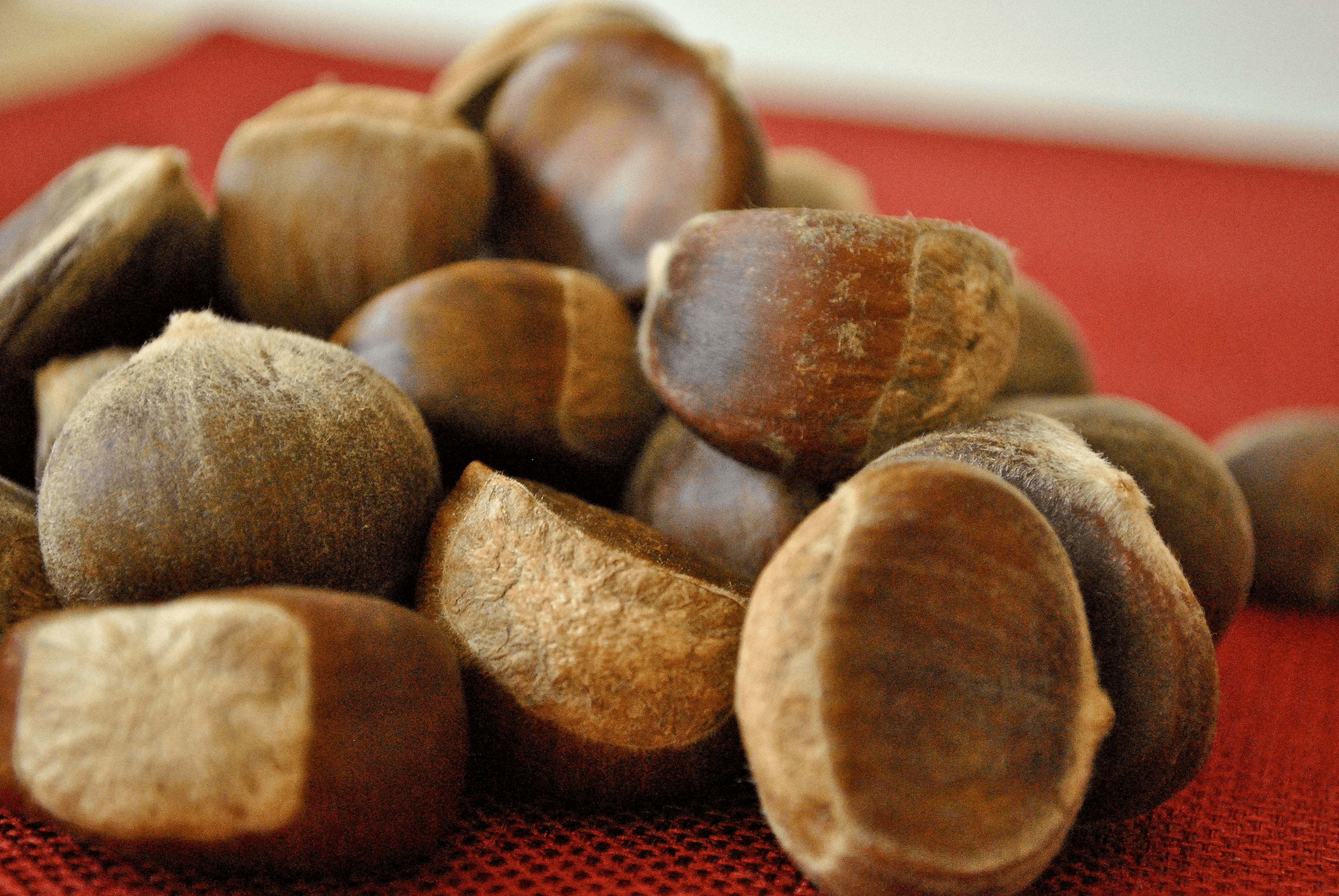Castanea sativa, or Sweet Chestnut, originated in Western Asia, North Africa and Southern Europe. In these regions, the nut part of the plant is often cooked as a staple food source. In many cultures, however, these plants are also used for medicinal purposes, such as for the treatment of respiratory illnesses, digestive problems, and circulation issues. The leaves of the European Castanea sativa are often brewed to make tea, which can be used to alleviate a sore throat. In a recent experiment, scientists also discovered that an extract in these chestnut leaves may also successfully block the effects of Staph bacteria.
Staph bacteria are present on skin and can cause infections that result in an array of problems, such as boils, food poisoning, and arthritis. To make the treatment out of chestnuts, the scientists first steeped the chestnut leaves in a solvent and separated the chemical components. Through other chemical procedures, the team was able to determine which extracts are able to block the harmful effects of Staph bacteria.
The scientists then traced out the pathways of these helpful extracts and how they can affect Staph bacteria. They tested the extract on mice with Staph infections by injecting a single dose of 50 micrograms into the mice. They discovered that the skin lesions healed and the tissue and red blood cell damage were halted. Aside from demonstrating the effectiveness of chestnut extract in treating Staph infections, the researchers also applied the extract to human skin cells and confirmed that it does not harm the skin. The study brings the hope of targeted treatment for a multitude of toxins.
One of the major concerns of treating Staph infections is that treatments may also diminish the presence of beneficial bacteria. However, the experiment with chestnut extract has also shown to have little effect on the levels of other bacterial organisms present on the skin. If these extracts are eventually used on humans, it could allow individuals to fight the infection while maintaining the proper presence of beneficial microbes. The hope is that one day we will have a new tool to not only treat but also prevent Staph infections.
Feature Image Source: cookbookman17










